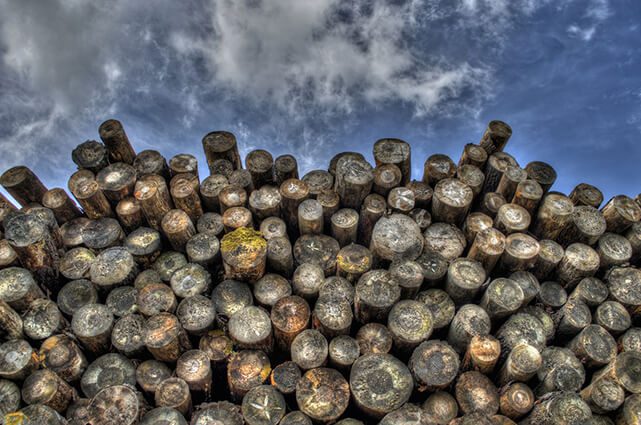Tiny particles a potentially big waste problem
The latest issue of Canadian Chemical News has an insightful feature on the promise and potential pitfalls of making products using nanoparticles, the small size of which is difficult to comprehend. For example, you’d need to stack 100,000 nanoparticles on top of each other to equal the diameter of a single strand of human hair. As journalist Roberta Staley writes, nanoparticles are typically metals and the most common material used to make them is silver, followed by titanium. The Nanotechnology Consumer Products Inventory has identified at least 1,628 consumer products containing nanoscale materials. “Although nanoparticles are increasingly being used in manufacturing and consumer goods, little is known about the long-term effects on human health or the environment,” writes Staley, who explores work being done by the International Institute for Sustainable Development, which is looking at the impact silver nanoparticles are having on fish populations.
..
Indonesia’s new president tackles deforestation
Joko Widodo, who became Indonesia’s president in October, has already earned himself the title “Man of the People.” Now there are high hopes that the leader of the world’s fourth-most populous country will take some meaningful action on climate change and environmental degradation. Embracing renewables more aggressively is one path, and an important one given that Indonesia is one of the world’s biggest exporters of coal. Cracking down on deforestation is another, given that the rate of forest loss in Indonesia is among the worst on the planet. On the latter, Widodo has signaled significant change. This week he announced a review of all plantation company operations and pledged to terminate those plantations, most of them devoted to palm oil production, that are destroying the ecosystem. He also said he would strengthen legal protection for peatlands, a move that Greenpeace applauded.
..
Is geothermal a better fit than big hydro in B.C.?
A new report from the Canadian Geothermal Energy Association argues that authorities in British Columbia are overlooking the advantages geothermal power generation have over large-scale hydroelectricity generation – particularly the province’s proposed Site C Dam project. The association’s report concludes that geothermal has lower capital and operating costs, brings the additional benefits of a heat by-product, and has a smaller environmental footprint than large hydro. It lists another seven advantages that haven’t been fully considered by the province. Problem is, the association didn’t have this research when the B.C.’s Joint Review Panel held public hearings about Site C earlier this year. With the new data now available, it is urging the province to impose a one-year moratorium on the Site C project. “Given the large sums of public investment involved, the B.C. government owes it to the public to perform a thorough and transparent examination of all possible alternatives,” it contends.
..
Most Canadians want “significant action” on climate change
There’s no shortage of reports spelling out the seriousness of our global climate problem and the challenges that lie ahead. Most recently, a World Bank report concluded that we’re already locked into about 1.5 degrees C of warming above pre-industrial times, and that this will pose serious risk to lives and livelihoods, particularly in poorer countries. The message, it seems, is finally sinking in with Canadians. In poll of 2,020 people, conducted by the Environics Institute for Survey Research, 63 per cent agree that climate change is man-made and 78 per cent are worried about its impact on future generations. A large majority are calling for “significant new actions” to address it, while 56 per cent are supportive of a B.C.-style carbon tax. “It’s clear that Canadians want their government to do more,” said Keith Neuman, executive director of the Environics institute.
..
Global progress leaving children behind: UNICEF
A new UNICEF report, “The State of the World’s Children: 2015,” sheds light on how much more needs to be done to tackle child poverty and inequality around the world. “The poorest 20 per cent of the world’s children are twice as likely as the richest 20 per cent to be stunted by poor nutrition and to die before their fifth birthday,” states the report, which contains a sad list of facts. It also provides the latest data around child mortality, nutrition, poverty, and education. For example, a child is least likely to survive beyond the age of five in Angola, Sierra Leone and Chad, and most likely to survive in Sweden, Iceland and Luxembourg. “Too many children remain excluded from the progress of the past 25 years,” states the report. “The cost of these inequities is paid most immediately – and most tragically – by children themselves. But the long-term impact affects generations to come, undermining the strength of their societies.” Sober reading.





